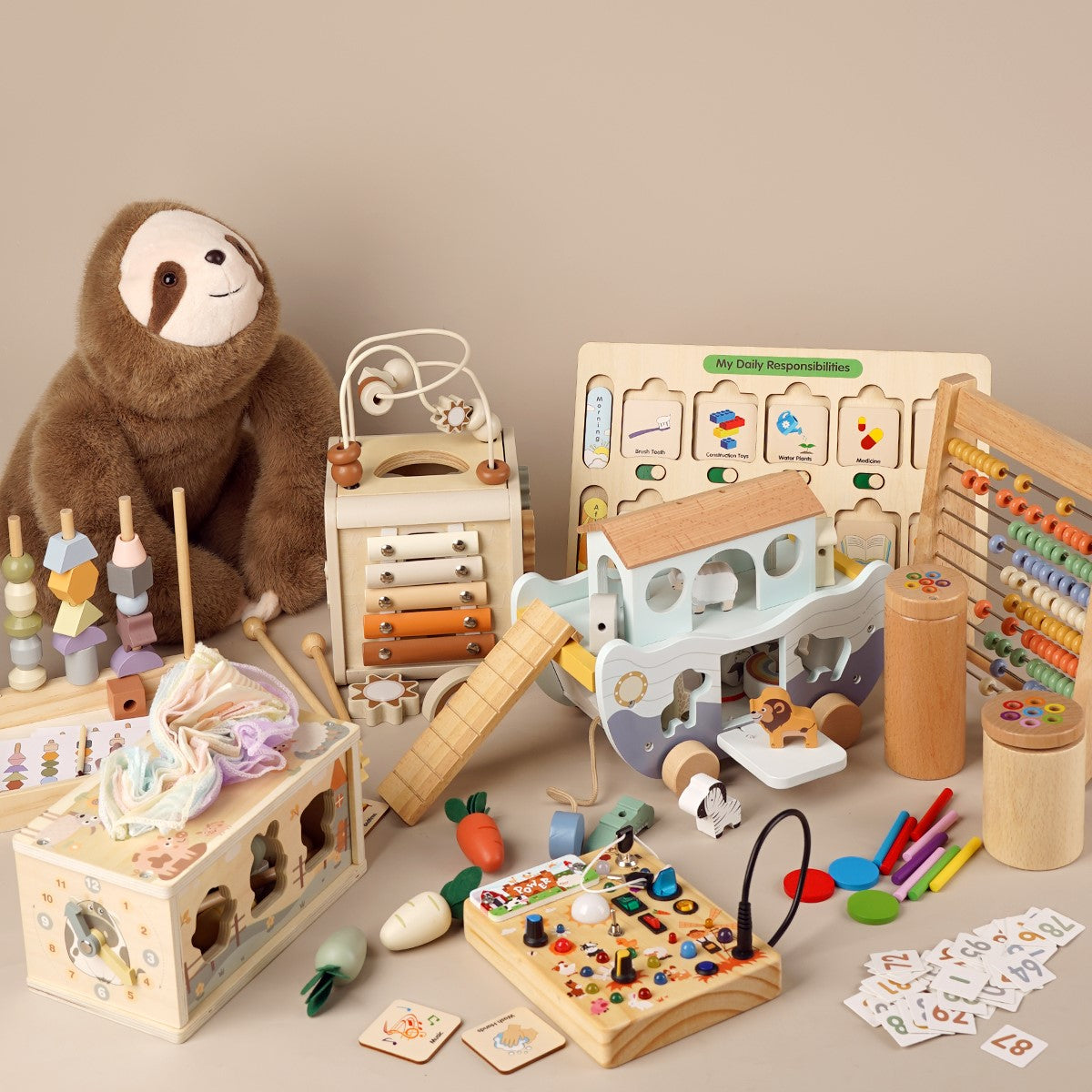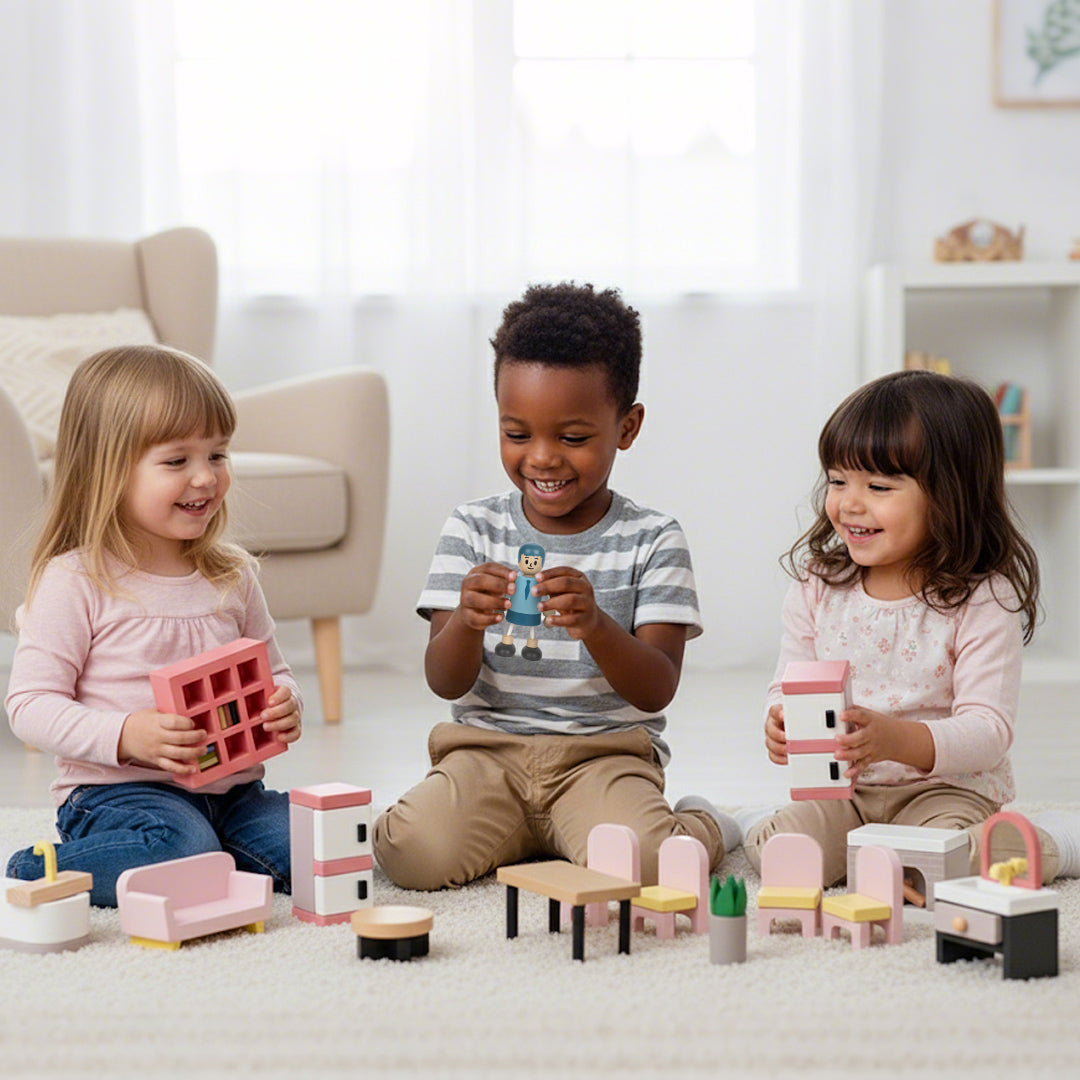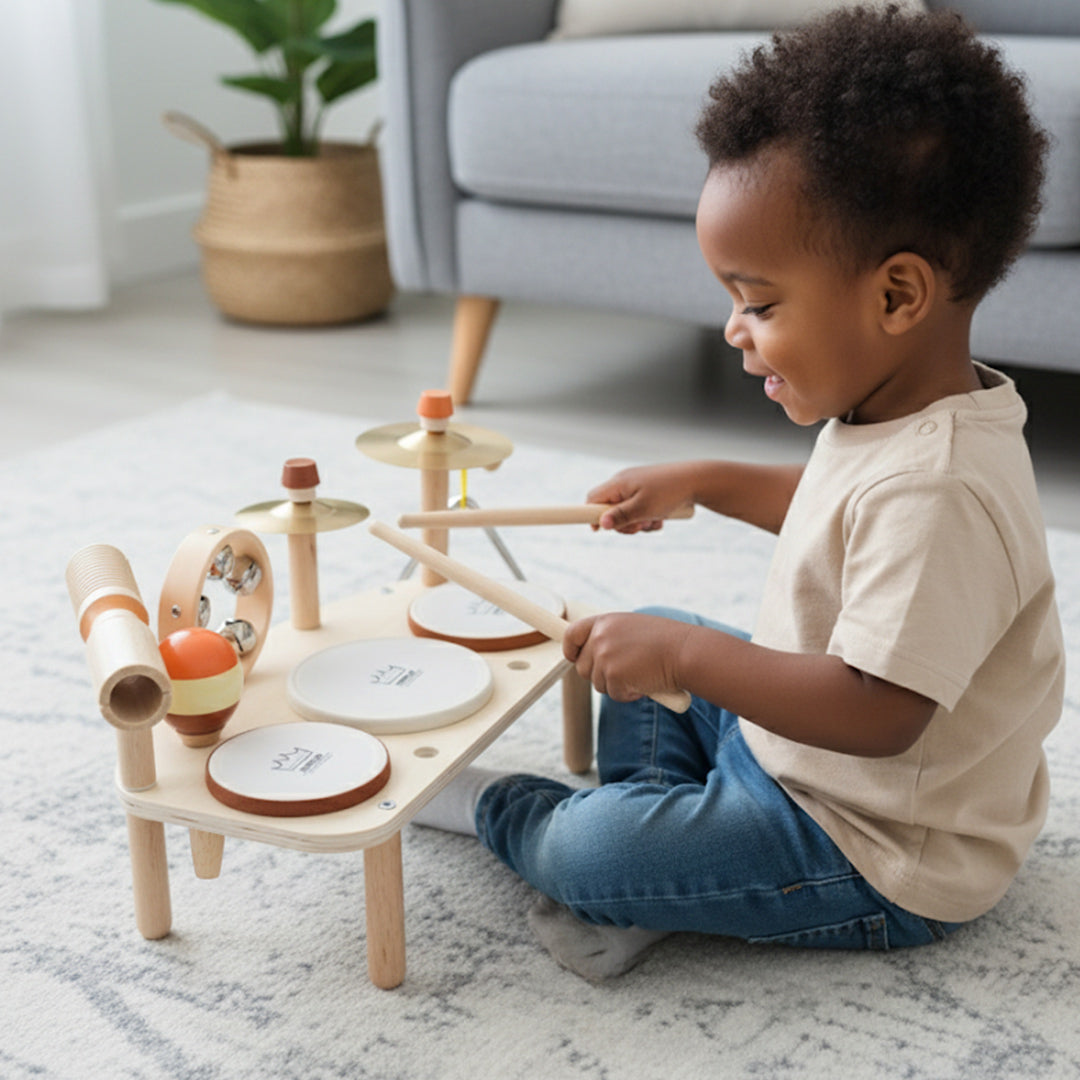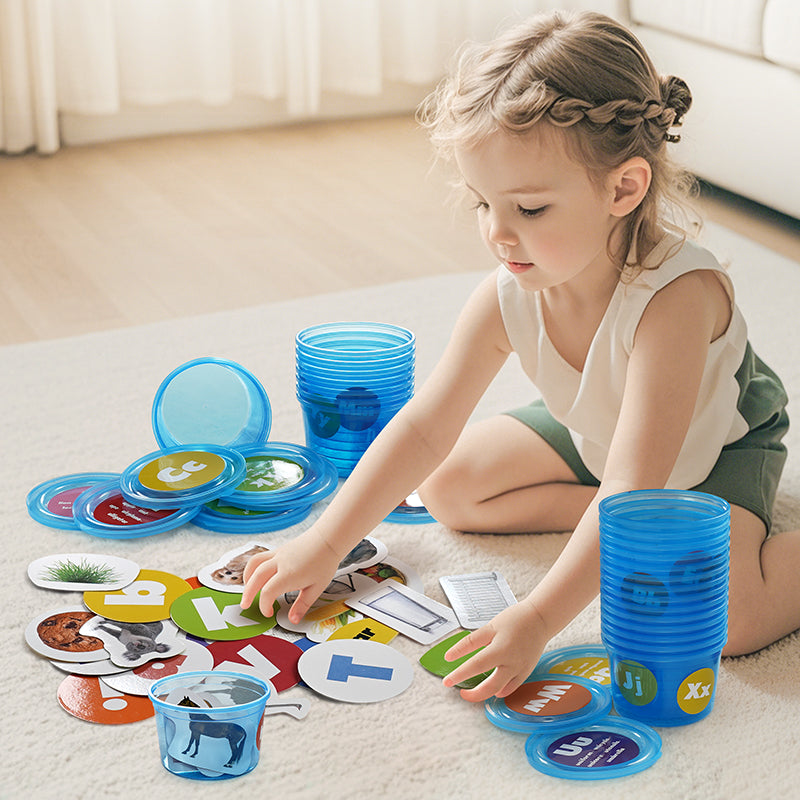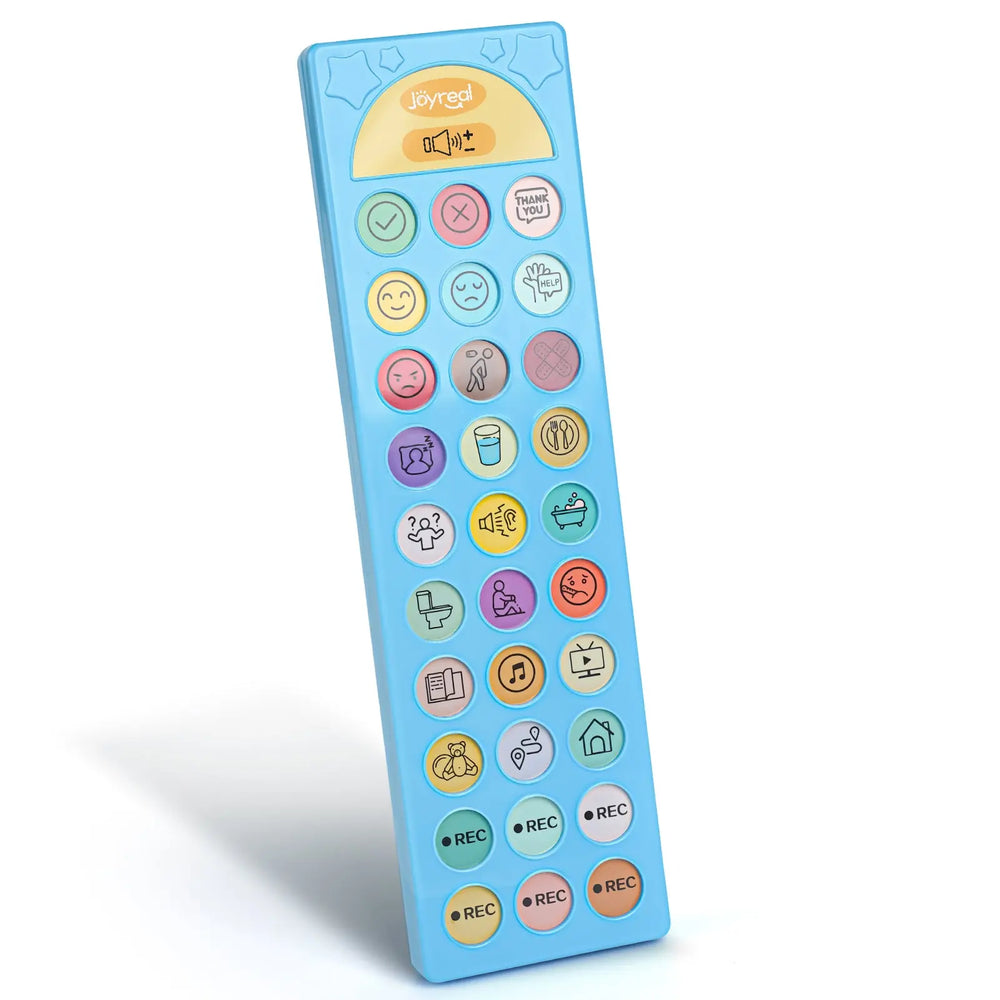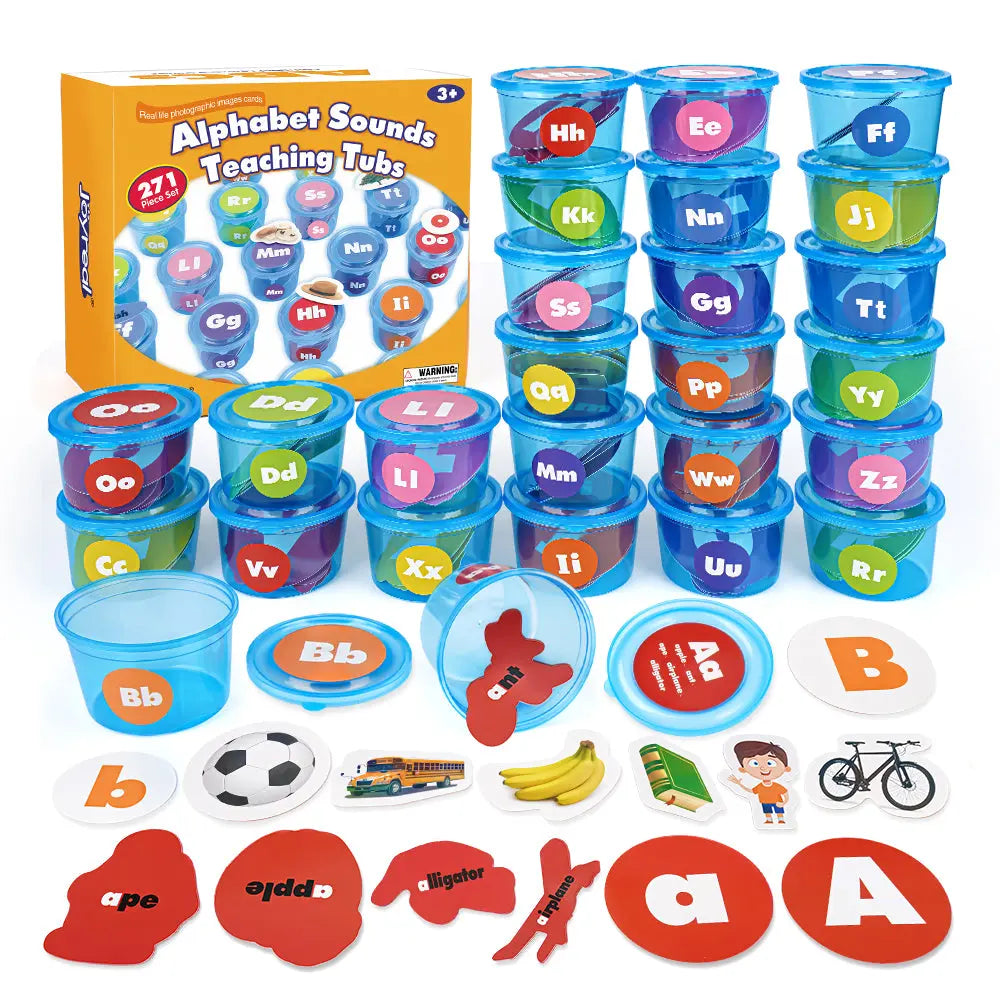How to Tell Phonological Delay from Disorder or Apraxia of Speech

When a child exhibits persistent speech errors, the journey to understanding the cause can feel overwhelming for families and educators. Knowing whether a child is experiencing a phonological delay, a phonological disorder, or even Childhood Apraxia of Speech (CAS) is crucial for finding the right support and treatment. Here, we break down what each term means and provide practical guidance for distinguishing between them.
What Is a Phonological Delay?
A phonological delay is a type of speech disorder in which a child develops speech patterns more slowly than expected for their age. Unlike articulation disorders (which involve difficulty producing specific sounds), phonological delays affect how a child organizes and uses speech sounds within the rules of their language.
Key Characteristics of Phonological Delay
Children with phonological delays may:
- Simplify words (e.g., saying "tat" for "cat" or "poon" for "spoon").
- Leave out sounds (e.g., "ca" for "car").
- Substitute sounds (e.g., "wabbit" for "rabbit").
- Struggle with sound patterns (e.g., consistently dropping the last consonant in words).
These errors are often predictable and follow patterns seen in younger children, but they persist beyond the typical age of development.
Example:
A 5-year-old says “tat” for “cat” and “doe” for “go,” patterns typical for a 3-year-old, but not for their age.
Causes of Phonological Delay
Possible causes include:
- Genetic factors (family history of speech disorders).
- Hearing impairments (affecting sound perception).
- Developmental delays (related to cognitive or motor skills).
- Limited exposure to language (reduced opportunities to hear and practice speech).
What Is a Phonological Disorder?
A phonological disorder occurs when a child’s speech error patterns are not found in typical development, or the errors are unusual for any age.
Key Features:
- The child uses atypical error patterns (e.g., initial consonant deletion: “at” for “cat”).
- Multiple and inconsistent error patterns may be present.
- Errors persist well beyond the typical age range and may be resistant to traditional therapy.
Example:
A child substitutes different sounds in unpredictable ways across similar words (“cat” = “gat,” “cow” = “dow,” no discernible pattern).
What Is Childhood Apraxia of Speech (CAS)?
Childhood Apraxia of Speech is a motor speech disorder. The issue lies in planning and coordinating the precise movements needed for clear speech, not just in sound substitution or deletion.
Key Features:
- Inconsistent errors—a word may be pronounced differently each time.
- Difficulty imitating speech, even when prompted.
- Problems with the rhythm and prosody of speech (odd stress or intonation).
- Groping movements of the mouth when trying to produce sounds.
- Speech may become more unintelligible as utterances get longer.
How to Spot the Differences
Phonological Delay
- Errors are age-appropriate but just “stuck.”
- Child’s speech patterns can be found in younger kids.
- Consistent mistakes (e.g., always says “wabbit” for “rabbit”).
Phonological Disorder
- Errors are unusual (not common in any age group).
- May be hard to understand even for close family.
- Errors may not follow a consistent pattern.
CAS
- Same word can be said differently every time.
- Visible struggle to “find” the right mouth movements (groping).
- Problems with the rhythm of speech, or abnormal intonation.
- Difficulty imitating sounds and words, especially longer ones.
Strategies for Bridging Gaps Between Speech Therapy and Literacy Instruction: Enhancing Communication and Learning
In today's inclusive educational landscape, bridging the gap between speech therapy and literacy instruction is essential for fostering academic success among students, especially those with communication challenges. For children with Autism Spectrum Disorder (ASD), speech therapy plays a crucial role in developing the foundational communication skills necessary for literacy. To support these students effectively, integrating AAC (Augmentative and Alternative Communication) devices into both speech therapy and literacy instruction can significantly enhance their learning experience.
1. Collaborative Approach Between Speech Therapists and Educators
Collaboration between speech therapists and literacy instructors ensures that students receive cohesive support tailored to their unique needs. Both professionals should align their goals, share insights on progress, and use common strategies for integrating speech and literacy development. For instance, a literacy instructor might use simple, picture-based texts alongside an AAC device, helping students practice both speech and reading simultaneously.
2. Utilizing AAC Devices to Support Communication and Literacy Skills
AAC devices, such as voice-output communication aids, touch screens, or tablet apps, can serve as a bridge between speech therapy and literacy instruction. These devices allow students with limited verbal communication to express themselves more effectively, reducing frustration and increasing engagement in classroom activities. As students learn to use AAC devices for communication, they simultaneously improve their literacy skills.
For example, students can use a communication device to practice word recognition, vocabulary building, and even sentence formation. AAC tools can be customized to fit the child’s developmental stage, ensuring that the content is both relevant and accessible.
3. Integrating Literacy Activities with AAC Devices
To effectively bridge the gap between speech therapy and literacy, it’s crucial to incorporate literacy activities that are designed to work in tandem with AAC devices. For example, literacy exercises such as phonics games, interactive storybooks, or vocabulary-building apps can be adapted for use with AAC technology. This integration allows students to simultaneously work on speech development, reading comprehension, and writing skills in a dynamic, multi-modal way.
4. Promoting Expressive Language through Literacy
Speech therapists can enhance literacy instruction by using AAC devices to encourage expressive language development. By asking students to verbally express thoughts, feelings, or responses using their AAC system, speech therapists can guide them through the stages of word formation, sentence construction, and narrative development. This helps students make connections between spoken and written language, promoting deeper engagement in literacy tasks.
5. Adaptive Learning Materials
Personalized, adaptive learning materials can be integrated with AAC devices, catering to individual learning styles and needs. Customizable resources such as digital flashcards, interactive storybooks, or word banks can be created on AAC platforms to target specific literacy skills. This ensures that each student’s learning pace is accommodated, while reinforcing speech and literacy connections.
6. Providing Consistent and Holistic Support
Consistency in using AAC devices across speech therapy and literacy instruction ensures that students feel supported in all aspects of their education. Educators and therapists should regularly assess progress, adjust strategies, and ensure that both communication and literacy goals are being met in an integrated manner.
Bridging the Silence: Early AAC Support for Preverbal Autistic Children
The Joyreal aac devices for autism is designed to provide an effective, user-friendly solution for individuals with Autism Spectrum Disorder (ASD) who face challenges in verbal communication. This tool combines speech therapy techniques with technology to improve communication skills, enabling users to express their needs, wants, and ideas in a more natural way. Let's explore how Joyreal's AAC device can support speech therapy and literacy instruction for individuals with autism.
How Joyreal AAC Device Bridges the Gap Between Speech Therapy and Literacy Instruction
Enhances Literacy Development
As part of a comprehensive literacy program, the Joyreal AAC device can be used to strengthen reading and writing skills. Students can interact with the device to identify letters, words, and sentences. Additionally, the visual nature of the device helps learners connect spoken words with their written counterparts, improving word recognition and reading comprehension.
Promotes Social Interaction
The device allows children to engage in social communication, which is a key component of both speech therapy and literacy. Users can practice asking questions, making requests, expressing feelings, or commenting on daily activities. This builds confidence in social situations and helps improve both verbal and non-verbal communication skills.
Encourages Expressive Language
With the Joyreal device, students can practice constructing sentences and stories, which is essential for developing both oral and written communication. Whether the goal is expanding vocabulary, improving grammar, or increasing sentence complexity, the device supports speech therapy goals while simultaneously encouraging literacy skills through reading and writing.
Adaptive to Individual Needs
Every child with autism has unique communication needs. The Joyreal AAC device can be tailored to address individual challenges by adjusting the interface, vocabulary, and user preferences. This personalized approach ensures that the tool remains relevant and effective throughout the learning process.
Fosters Independence
One of the key benefits of AAC devices like Joyreal is the level of independence they offer. By providing an alternative means of communication, children can express themselves confidently, reducing frustration and anxiety. This independence can carry over into other areas of life, encouraging active participation in educational activities and peer interactions.
Ready to Bridge the Gap?
Whether you’re a parent, SLP, or educator, consider how you can bring these strategies into your daily practice. When speech therapy and literacy instruction are seamlessly connected, children receive the strongest possible foundation for language, learning, and life.
Maybe it will be helpful for you:
Recent Post

What Finally Helped My Toddler Speak Up?
If you’re a toddler mom, you already know how much emotional weight...

Joyreal Christmas Toys Deals 2025
Enjoy instant savings across nearly every category, from early lear...

How Wooden Montessori Toys Support a Sustainable Childhood
Most parents don’t say it out loud, but many feel the same quiet fr...

Top Christmas Gifts to Help Kids Communicate Better This Holiday Season
The holiday season brings joy, family bonding, and endless opportun...

How to Make DIY Printable Communication Boards
Communication is at the heart of every child’s development — and fo...

Top 5 Christmas Gifts That Bring Families Closer (2025 Guide)
Christmas isn’t just about the gifts — it’s about the moments we c...

Top Musical Christmas Gifts for Toddlers & Preschoolers 2025
Why Musical Gifts Are Perfect for Toddlers and Preschoolers Music h...

Joyreal AAC Devices Wholesale Partner
In today’s educational and therapeutic environments, speech therapi...

Joyreal AAC Device – Big Sale for Autism & Speech
Every Voice Deserves to Be Heard Imagine your child looking up at y...

How to Choose Safe & Educational Toys for Christmas 2025
When “Just a Toy” Means So Much More If you’re a parent, you know t...
